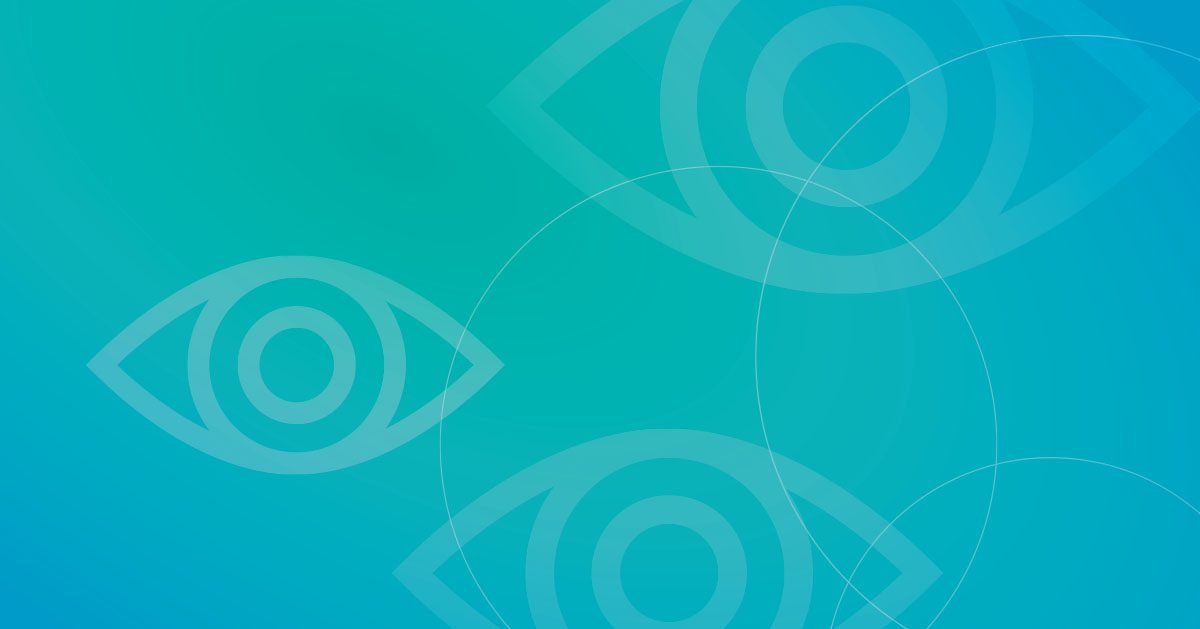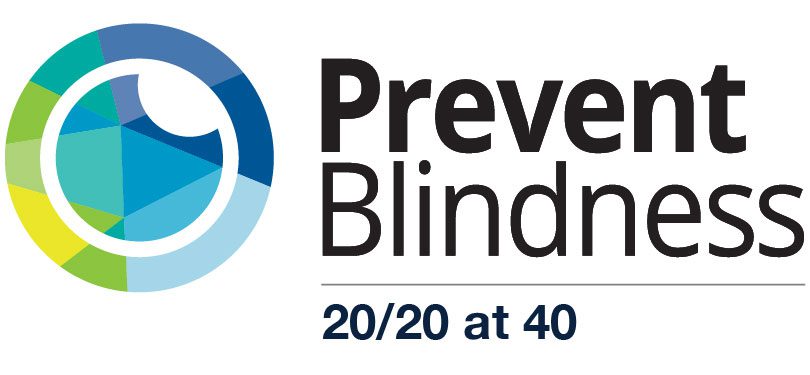Absent previous signs, symptoms or risk factors, Prevent Blindness encourages all Americans to get a baseline eye exam by an ophthalmologist or optometrist at the age of 40, and regular eye care thereafter (your eye doctor will tell you how often you should return for routine visits).
Why 40?
“20/20 at 40” is a Prevent Blindness national public awareness program, encouraging working-age adults to take control of their own eye health. Its message is simple: Absent previous signs, symptoms or risk factors, Prevent Blindness encourages all Americans to get a baseline eye exam by an ophthalmologist or optometrist at the age of 40, and regular eye care thereafter as directed by your eye care provider.
This is an age when indicators of reduced vision and/or poor eye health begin to become more prominent. One common eye problem, presbyopia, is a decreased elasticity of the lens due to advancing age which moves the near point of vision farther from the eye, making it difficult to focus on near objects (farsightedness).
This message does not aim to replace recommendations for earlier eye care to treat previously existing disease or injury, or for vision examinations for eye glasses or contact lenses. Those individuals who show any symptoms of eye disease, including common risk factors such as diabetes, high blood pressure, or family history of eye disease are encouraged to consult with an eye care provider as early as possible to determine how frequently they should be examined.
Our eyesight is highly valued; it is central to success in school and work, as well as in socialization and retaining independence. Eye health problems have a strong correlation to other public health concerns (diabetes, smoking, depression, falls, etc.). Vision challenges are also largely related to public health concerns such as access to care, health inequalities, cultural competency, healthy literacy, etc. This is a growing problem that must be addressed.
Common Adult Eye Diseases That Often Begin to Impact the American Public at age 40:
Diabetic Retinopathy
More than 8 million Americans have diabetic retinopathy, an eye disease linked to diabetes. The longer someone has diabetes, the greater the chance of retinopathy. Over time, the disease can cause severe vision loss or blindness. Like most eye conditions, retinopathy is best treated if detected early. Learn More…
Glaucoma
Close to 3 million Americans age 40 and older have glaucoma, which can lead to significant blindness. Once again, this is a condition for which treatment is widely available but most effective when the condition is detected early.
Other Age-Related Eye Problems
More than 25 million Americans age 40 and older have cataracts, a leading cause of blindness among older adults. More than half of all Americans have cataracts by the time they are 80 years old. The good news is that doctors can treat cataracts: surgery restores sight in more than 95% of cases treated.
Age-related Macular Degeneration
AMD, or age-related macular degeneration, is a leading cause of vision loss for Americans age 50 and older. It affects central vision, where sharpest vision occurs, causing difficulty conducting daily tasks such as driving, reading, and recognizing faces. More than 2 million Americans have advanced forms of AMD.



